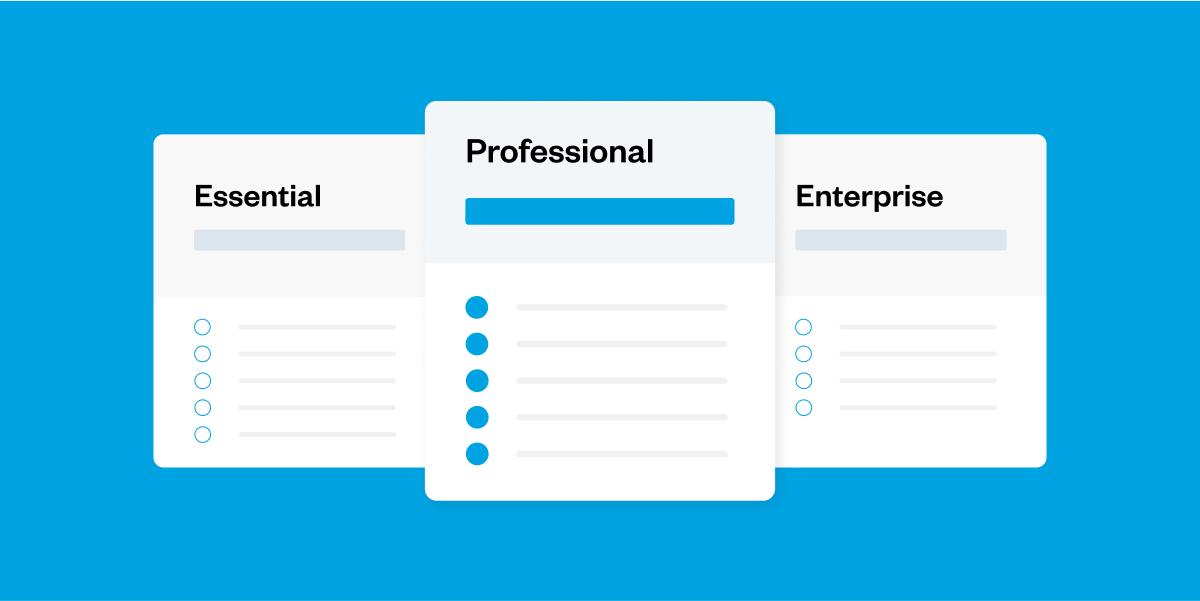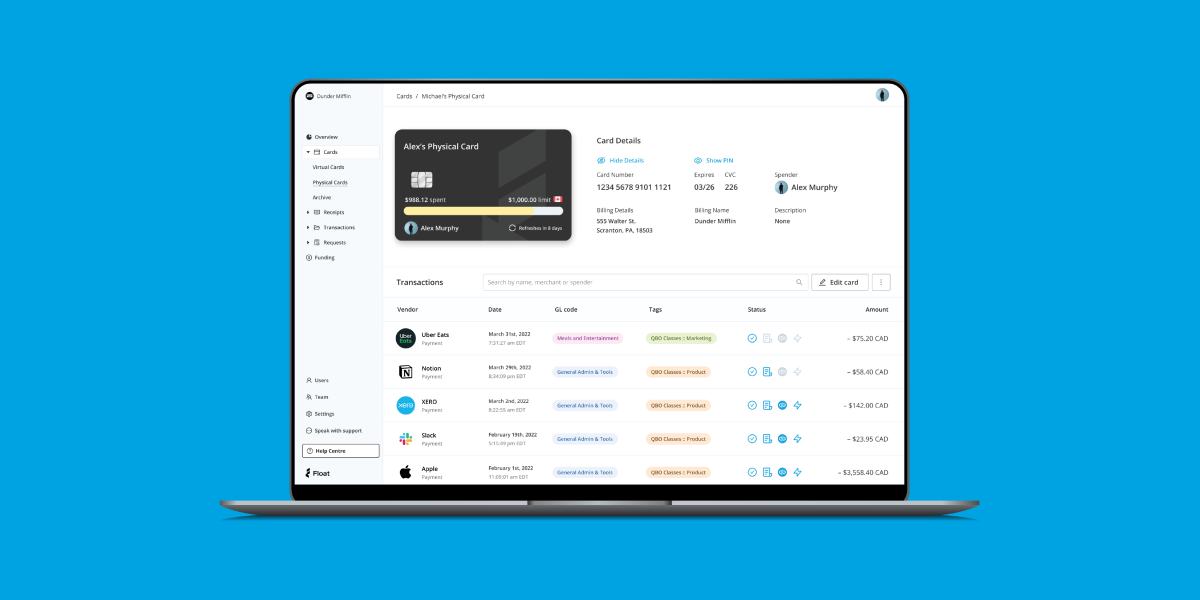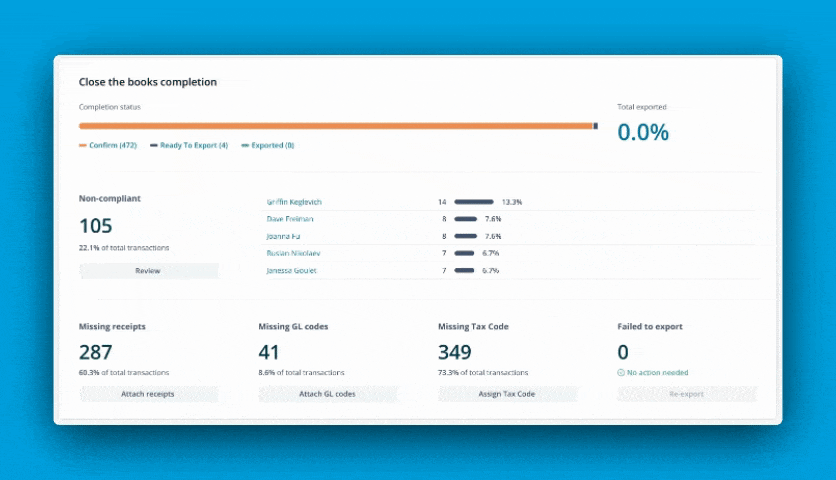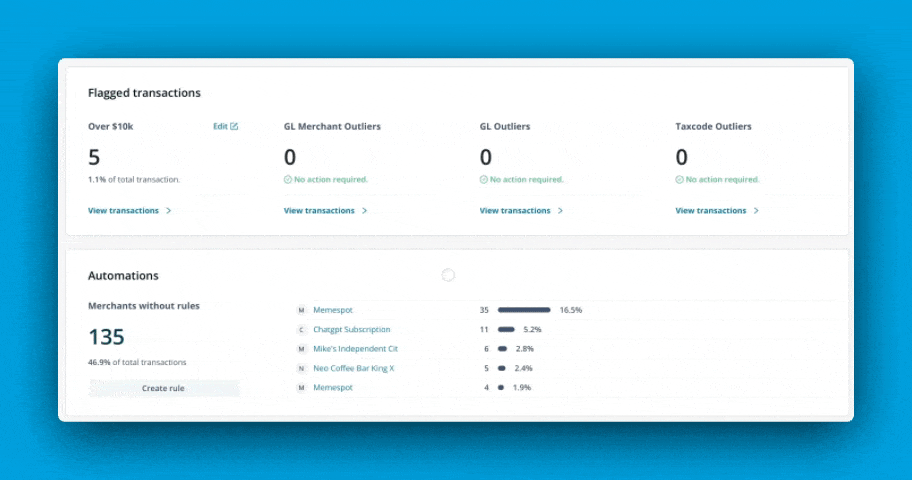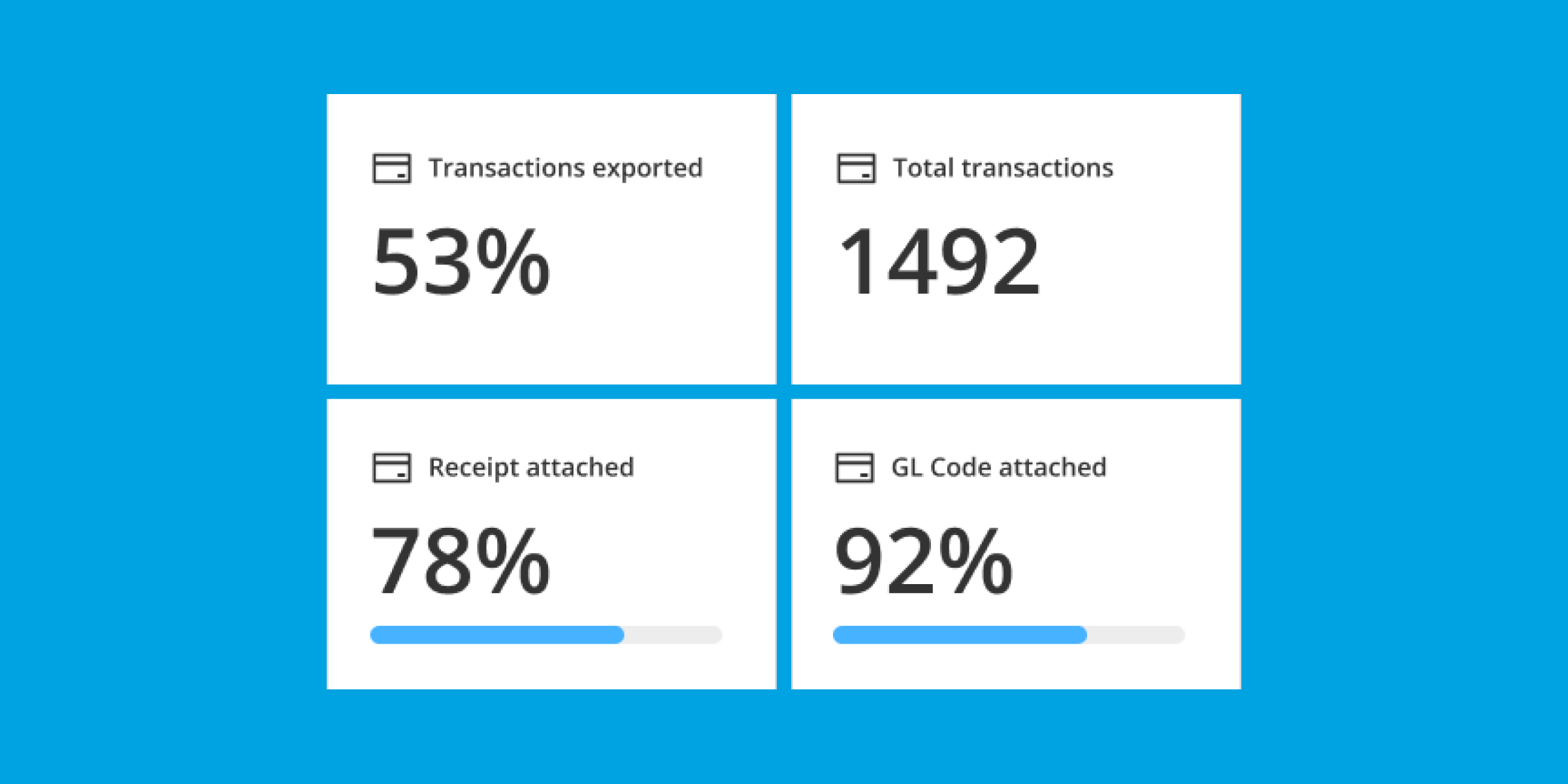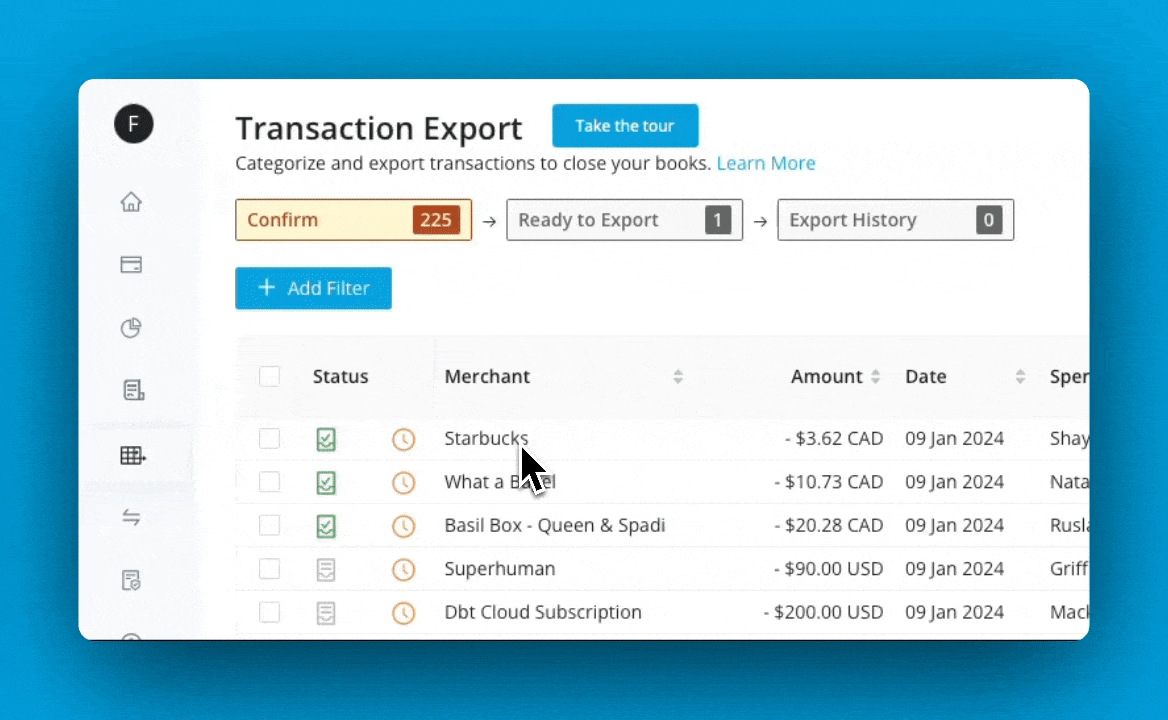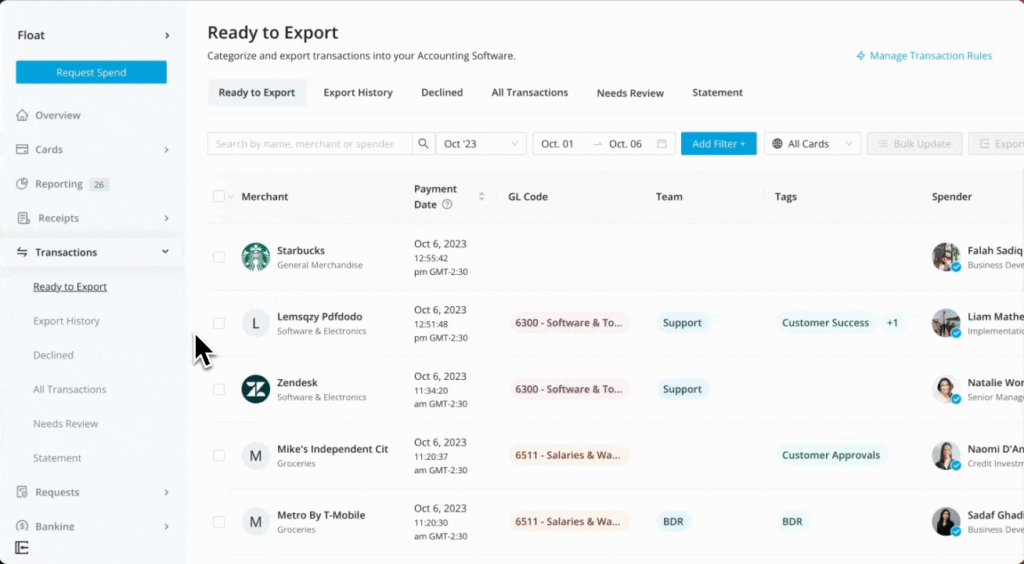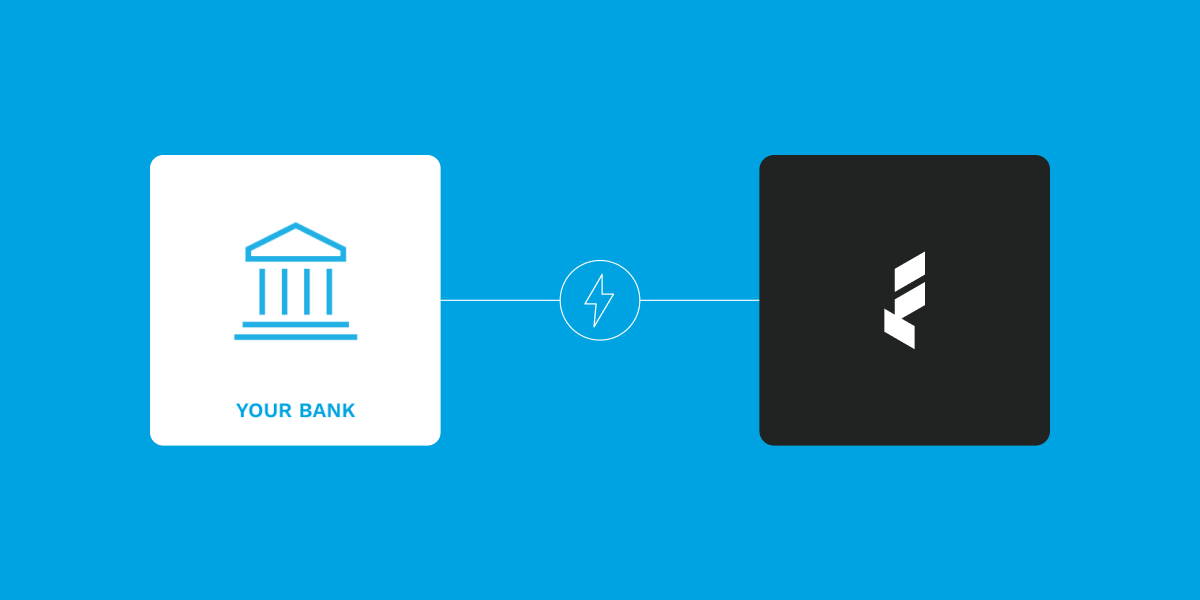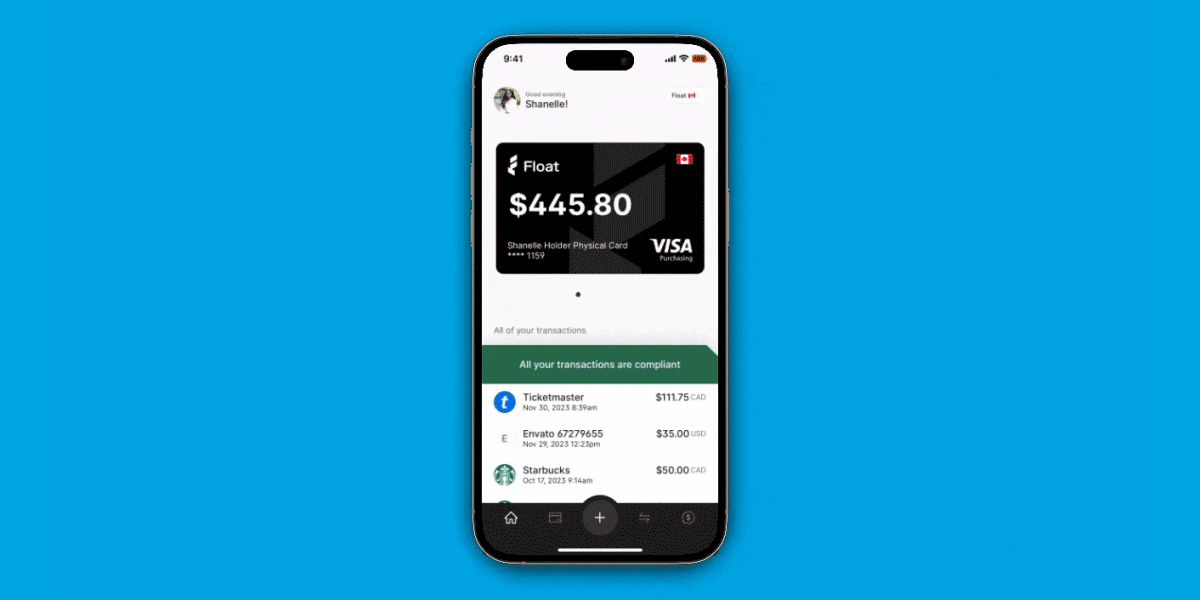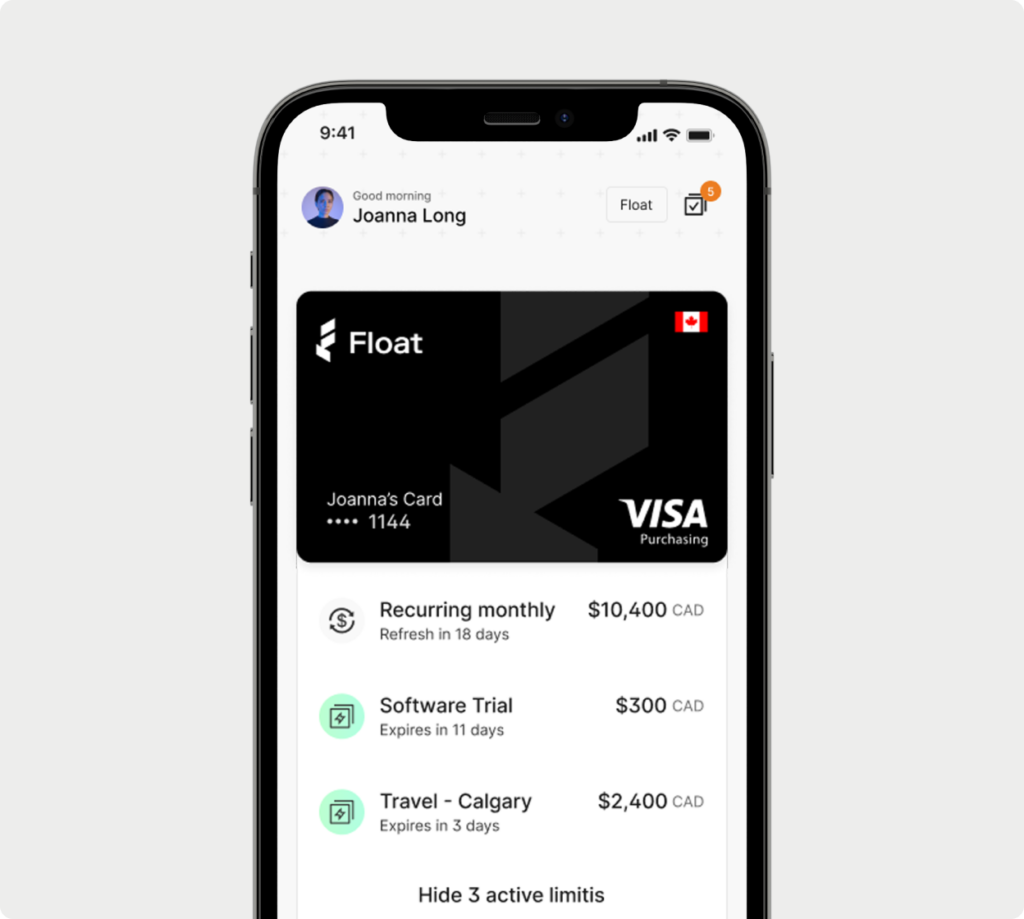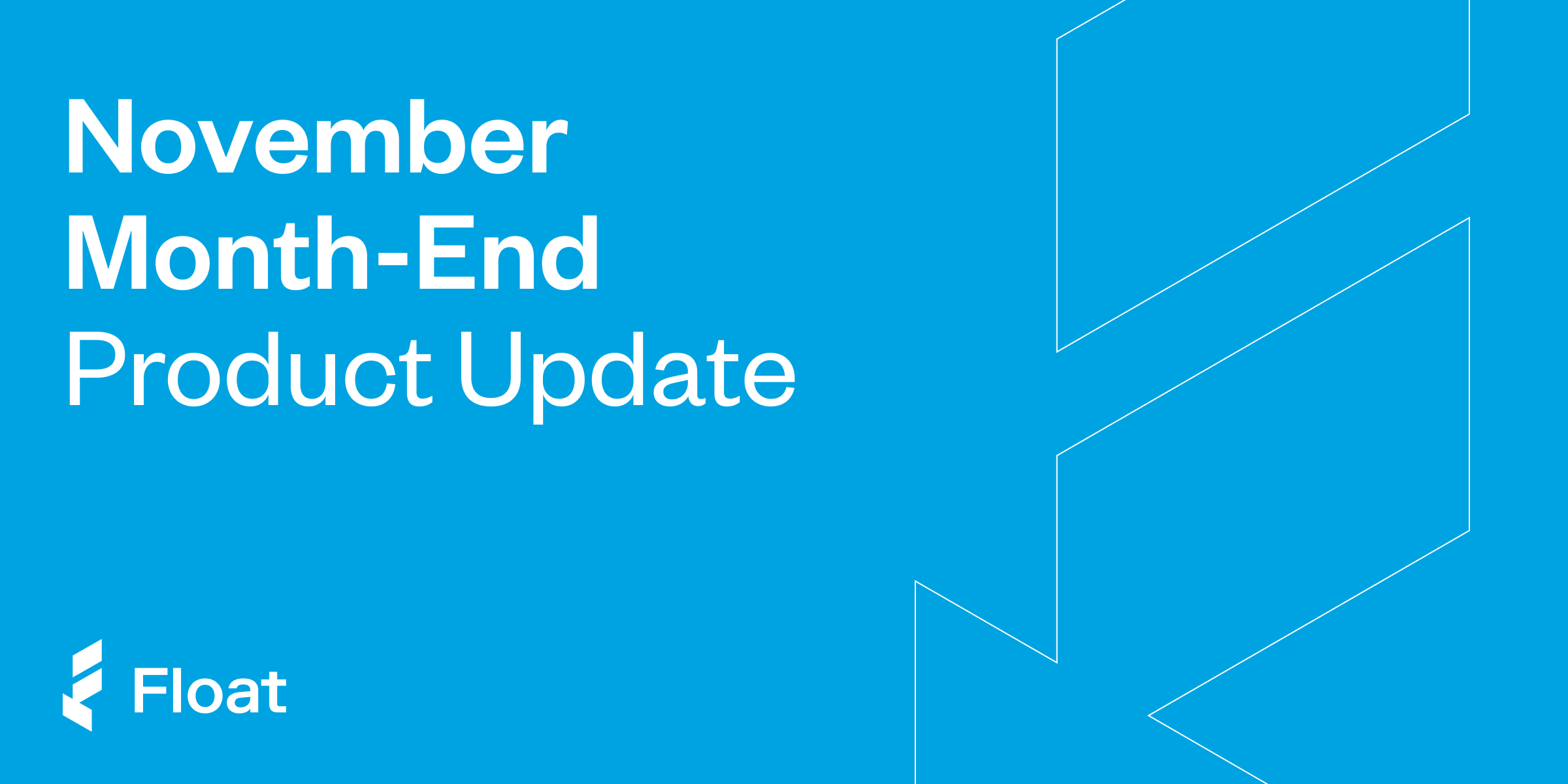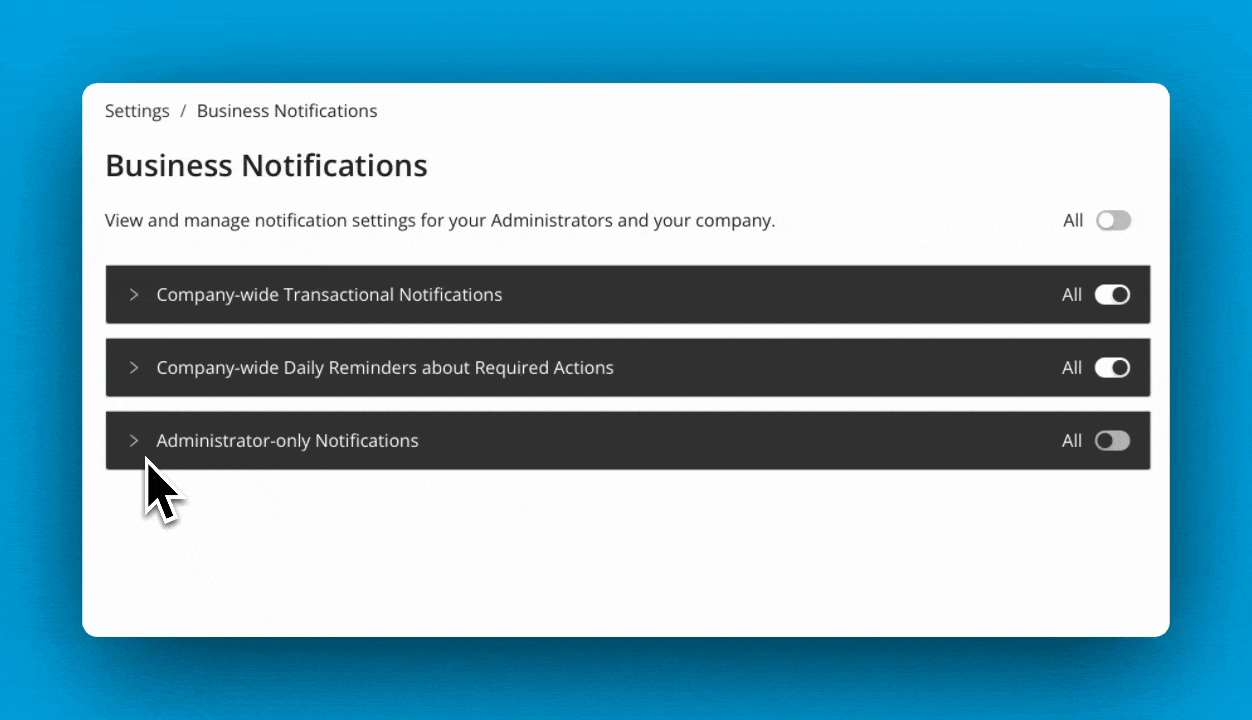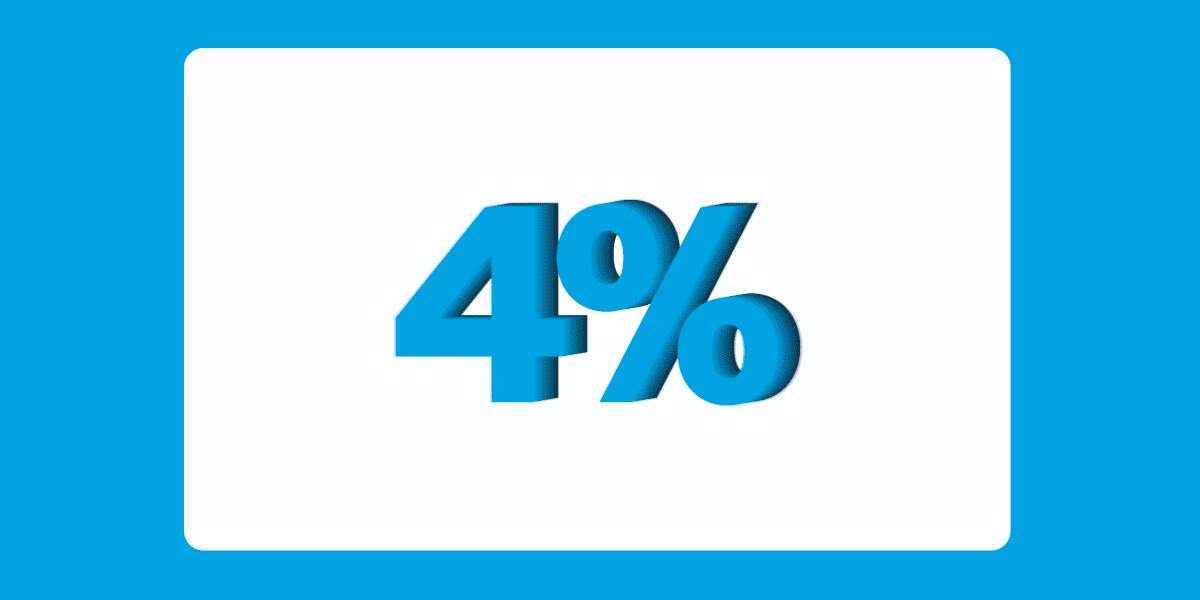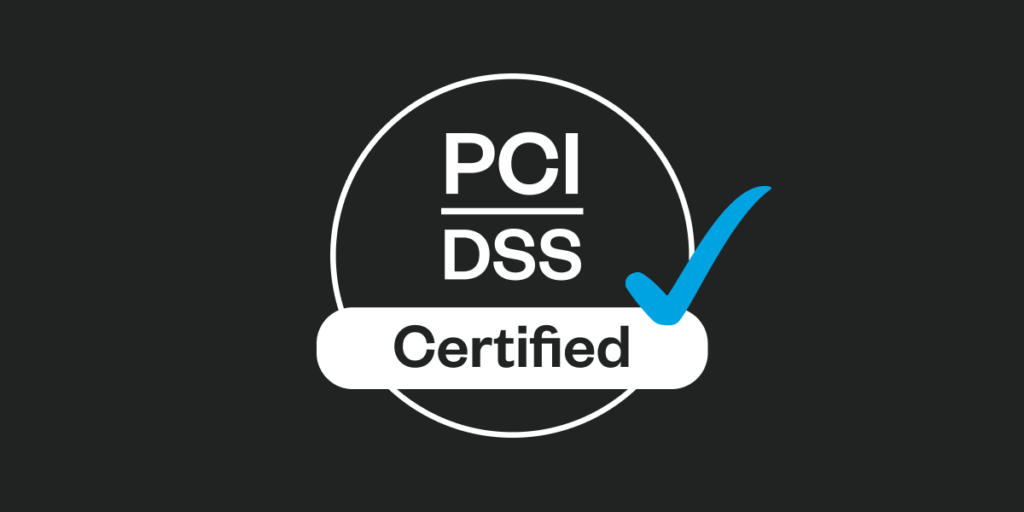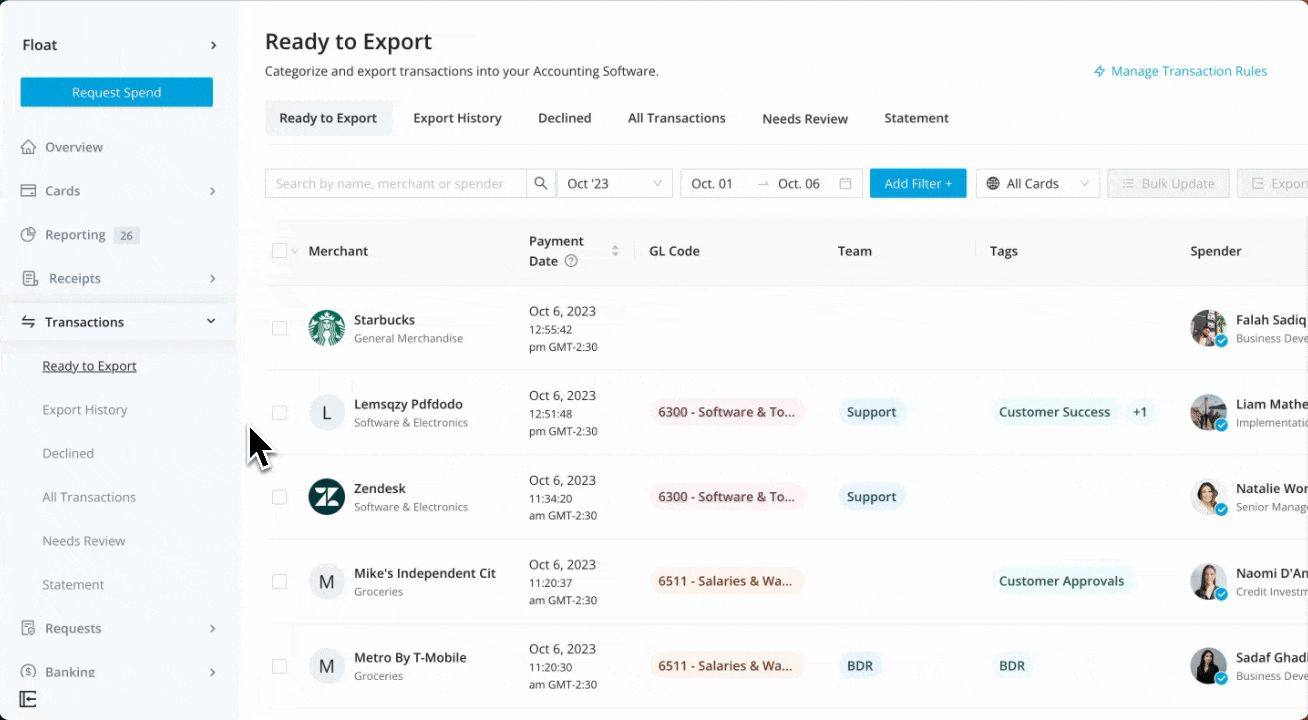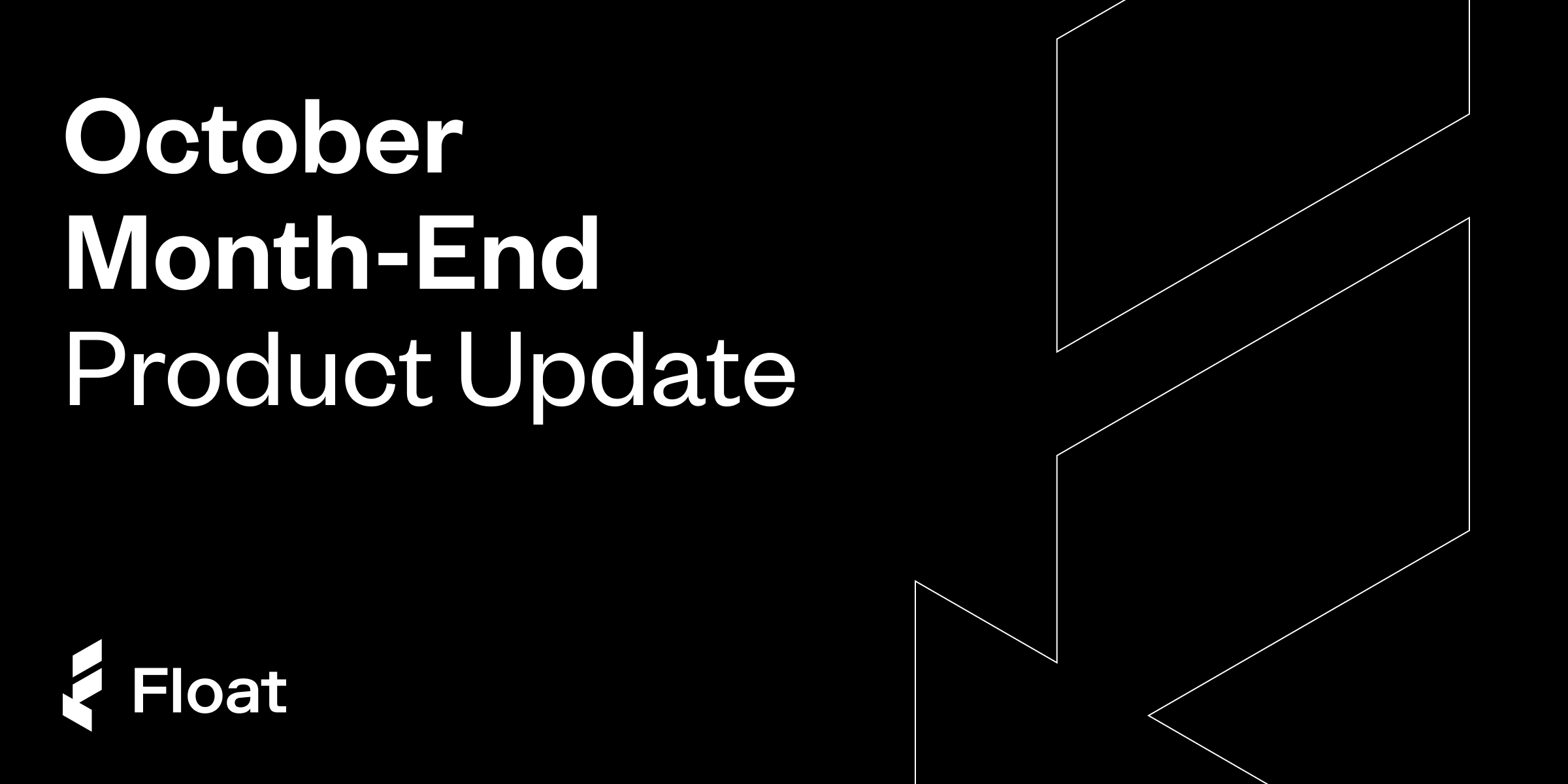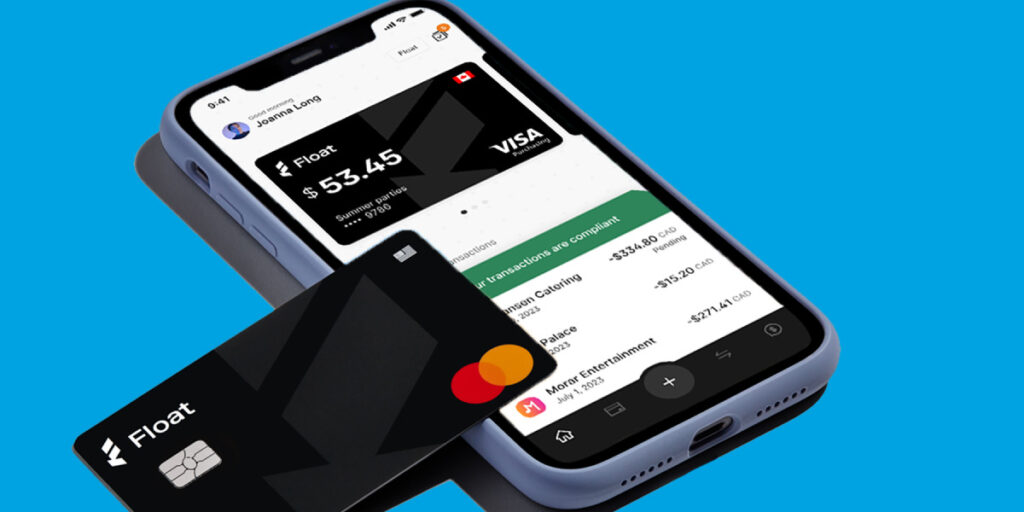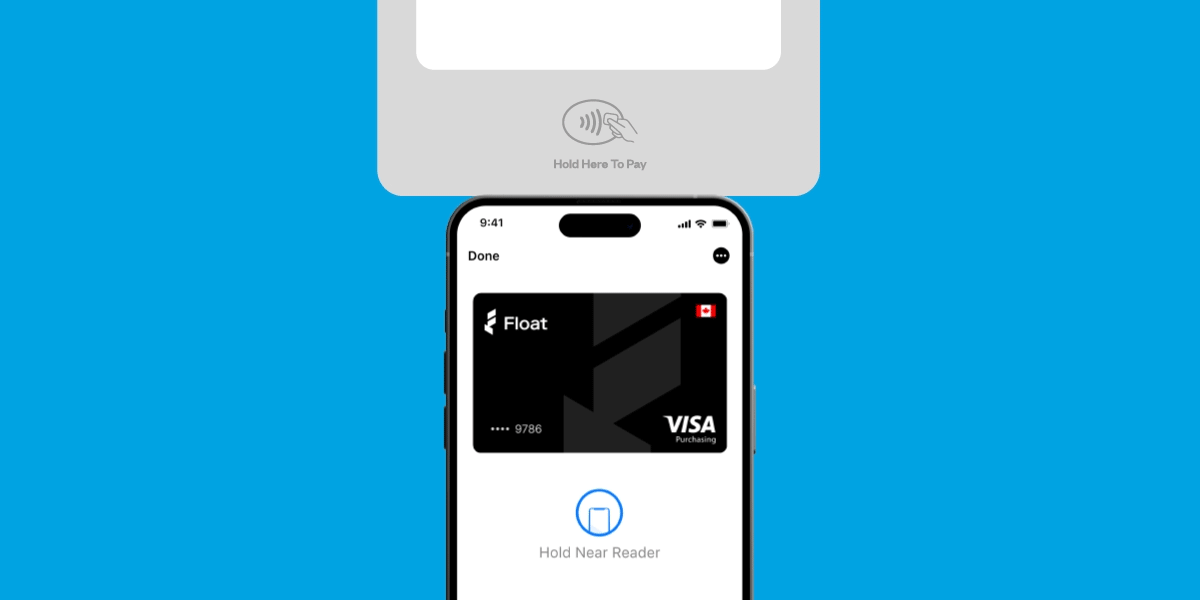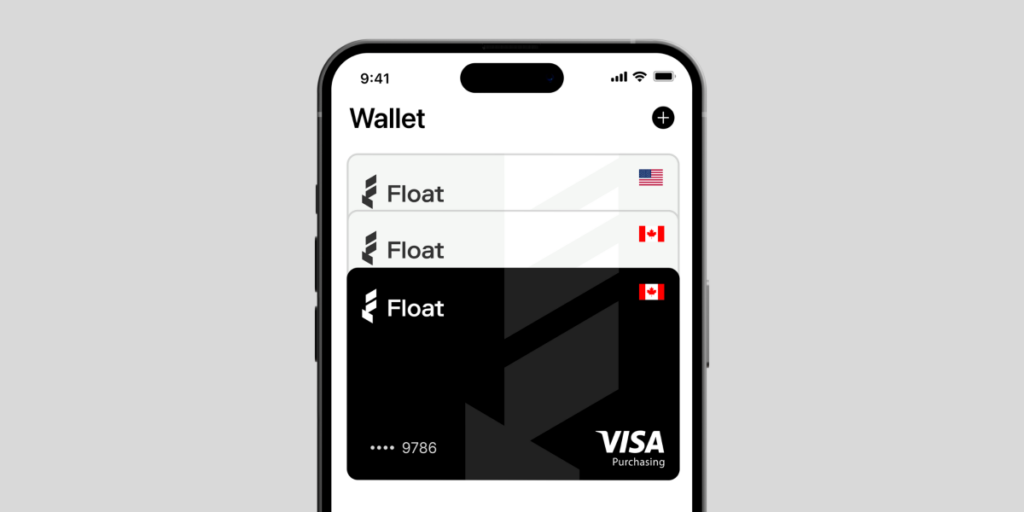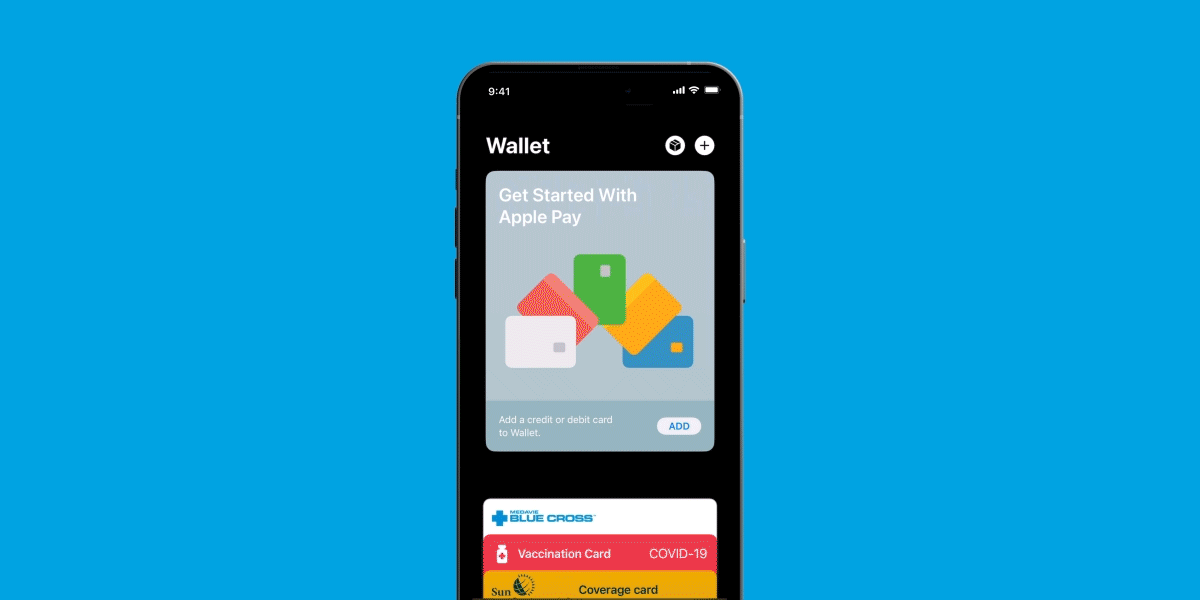Float’s financial platform is trusted by thousands of Canadian companies to save their teams time and money each month.
From smart corporate cards with custom limits and controls to easy-to-use employee reimbursements, Float’s all-in-one approach to modern financial management benefits companies across industries and teams of all sizes.
But while our customers’ average savings are the same (7%), their business needs are not.
We know that as our customers scale, their need for controls, custom automations, dedicated support, and financial flexibility have often grown alongside their operations. That’s why we’ve created simple and transparent plans on Float, built for Canadian teams of every size so you’re never paying for more than you need.
Below is a breakdown of the features in Float’s three plans, so you can choose the one that works best for your stage of growth (or figure out when it’s time to upgrade).
But first…
What is Float?
While Float offers corporate cards and reimbursements, we’re neither a bank or basic expense management software!
If you’re with a Big 5, you likely know that banks tend to charge high annual card fees and have limited software – meaning manual expense reports and lengthy card reconciliations. While point solutions like expense software can help automate some pieces of the puzzle, they can be difficult to implement, have expensive per user costs, and still create delays in receipt collection and financial reporting.
That’s where Float comes in. With unlimited virtual cards powered by custom limits and controls, finance teams can proactively enable team spending while getting real-time reporting and automated receipt collection. Paired with easy-to-use employee reimbursements, you can control your company spending in one platform and eliminate tedious administrative tasks.
No annual card fees and no steep per user costs. Float’s monthly plans scale from free to contract-based with optional integration add-ons, so you can choose a plan that best suits your business needs.
The Essential Plan
Best For: Small teams looking to streamline payments, receipt collection and accounting reconciliation.
In a Nutshell
Float’s Essential Plan is free to use, offering small Canadian teams a simple way to manage company spend. The team can issue unlimited virtual corporate cards to the company’s spenders through single-level approvals, while streamlining receipt collection. Accounting is made simple either with seamless syncs to QuickBooks Online or Xero, or through Custom Exports. Get started for free.
Plan Highlights
- 20 physical corporate cards
- Unlimited virtual corporate cards
- Automated receipt collection and matching
- Expense management with custom card limits, workflows, and mobile app
- Employee reimbursements
- Real-time reporting and savings insights
- Accounting sync with QuickBooks Online, Xero, or Custom Exports
- HRIS integrations
- Fast (and friendly) Support and leading rates and rewards
When to Upgrade
The team grows beyond 20 spenders and needs more complex approval and expense policies, as well as stricter card compliance.
The Professional Plan
Best For: Growing teams looking to use custom approval workflows and spend controls to manage spend across the company (all while saving time).
In a Nutshell
Float’s Professional Plan offers a fully integrated spend management solution for growing Canadian teams. You get everything in the Essential Plan (and more). Issue unlimited physical and virtual corporate cards to the team with custom multi-level approval workflows and smart card controls to prevent unwanted spend. Custom Submission Policies and Accounting Automations work together to code transactions for you and streamline the close process. The Professional Plan is $10 CAD per user a month (with a $100 minimum). Start your free 90-day trial today.
Plan Highlights – Everything in Essential, plus:
- Unlimited physical and virtual cards
- Team management
- Multi-level spend requests and approvals
- Advanced accounting with NetSuite
- Card compliance rules for cardholders
- Priority live chat Support
- Transaction review
- Pre-Funded one day transfers and Charge Card eligibility
- MFA and SAML SSO
When to Upgrade
The team grows beyond around 50 spenders and now has more complex user management and security needs.
The Enterprise Plan
Best For: Teams who have scaled, seeking a full suite of spend management features and financial flexibility.
In a Nutshell
Float’s Enterprise Plan is the best option for Canadian teams who have scaled. Along with Float’s smart card corporate cards, accounting automations and customized spend management features, you’ll get white glove support with Float’s Implementation Team to migrate to Float with ease. As a larger business, you’ll also be assessed for faster underwriting, higher limits, and greater access to credit. To get our Enterprise Plan book a demo with our Sales Team.
Plan Highlights – Everything in Professional, plus:
- Custom implementation
- Premium support and access to new features
- Dedicated Customer Success Manager
- Advanced security and SOC letters
- Multi-entity support
- Eligibility for Custom Charge Card Services terms with a dedicated underwriting team
Calculate your Potential Savings
No matter the plan, you’ll save through financial rewards, time savings, and efficiencies by eliminating unwanted spend. Calculate your ROI by moving to Float at the link below where we provide you with real customer-reported savings benchmarks compared against your existing solution.
Ready to Get Started?
Customers reported an average savings of 6.8% on their total spend with Float – and that’s just the beginning.* To get Float for your team you can start for free on the Essential Plan, start a 30-day free trial of the Professional Plan, or contact sales to book a demo and learn more. Visit floatcard.com/pricing.
*Based on a user survey.




